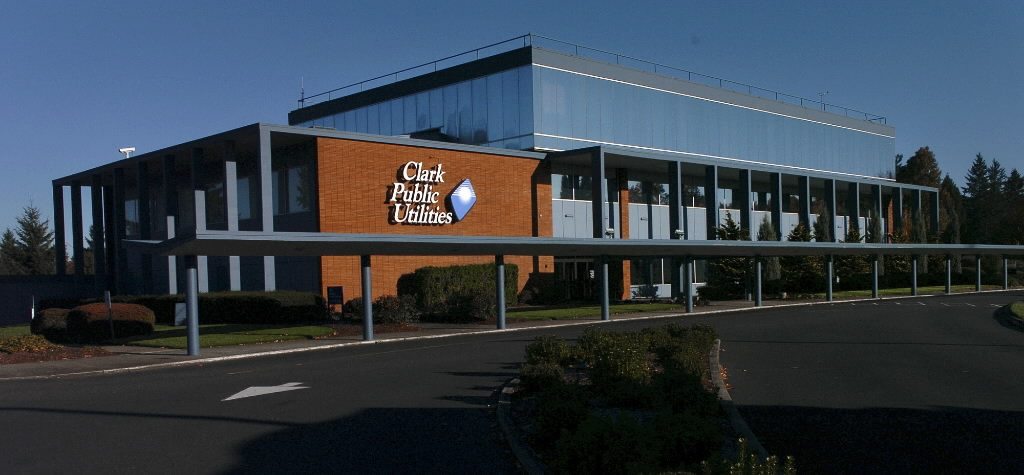Unusually cold weather from earlier this year and a sluggish economy are prompting Clark Public Utilities officials to consider raising water customers’ rates to bridge an anticipated revenue shortfall of $1.08 million.
The utility’s three elected commissioners — Nancy Barnes, Carol Curtis and Byron Hanke — are reviewing three rate-hike alternatives, each involving an increase of 10 percent.
A customer using an average 1,000 cubic feet of water per month now pays a $24 bill. That would go up by $2.50 to $26.50 per month under the various rate-increase options.
By contrast, seven other public agencies surveyed by Clark PUD — including the cities of Vancouver, Battle Ground and Camas, and the public utilities in Skagit and Snohomish counties — charge their water customers, on average, 32 percent more than Clark Public Utilities, data show.




